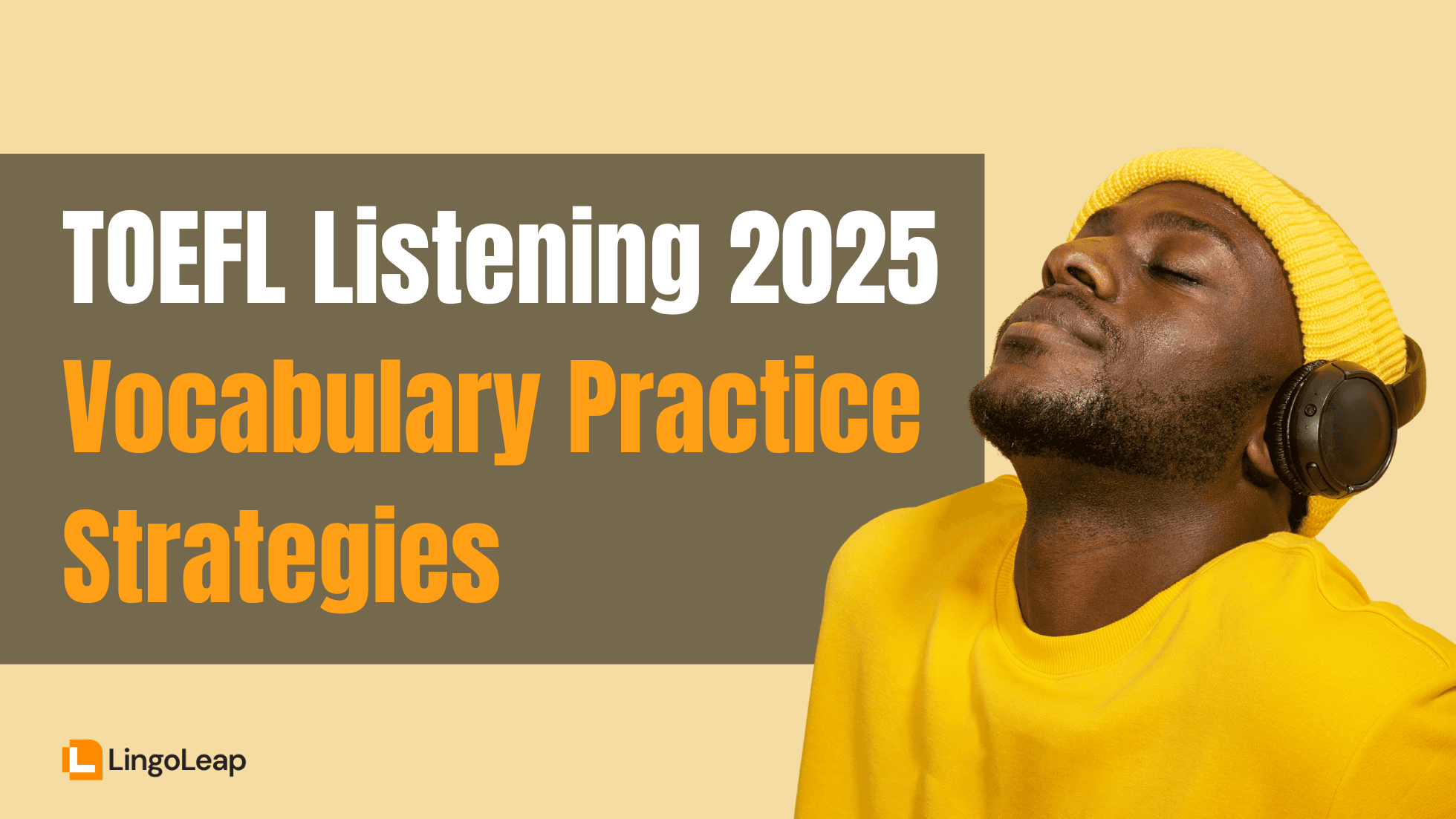Take a effective TOEFL practice test to assess your English skills.
Take a effective TOEFL practice test to assess your English skills.
Blog Article
Find out How to Boost Your Self-confidence With a TOEFL Practice Examination Simulation
Enhancing confidence for the TOEFL test is no tiny feat. It involves a critical strategy that leverages the benefits of practice examination simulations. These simulations, matching the real examination setting, can be a video game changer in lowering anxiousness and fostering experience with the test style. Most importantly, they permit test-takers to recognize their staminas and weaknesses, planning their research study plan as necessary. Keep tuned to explore the transformative power of TOEFL practice test simulations in developing test-taking self-confidence.
Comprehending the Significance of TOEFL Method Examination Simulation
While many underestimate its relevance, simulating the TOEFL practice examination is, in fact, a vital step in the preparation process. Not just does it equip pupils with a sensible experience of the real examination conditions, but it likewise provides a possibility to acquaint themselves with the layout and framework of the test. Simulating the TOEFL technique examination need to not be ignored in any kind of TOEFL preparation strategy.
Actions to Efficiently Use TOEFL Technique Examination Simulation


Getting started on the journey of TOEFL method examination simulation needs a strategic method. First of all, one requires to identify their areas of weakness in English effectiveness. This enables them to concentrate on particular sections during their practice tests. Next off, establishing a study routine guarantees normal method. Consistency is crucial in enhancing proficiency in a language. Taking the simulation examination in a controlled setting, similar to a real examination situation, is advantageous. This aids in taking care of time effectively, a crucial aspect in the TOEFL examination. Last but not least, after each test, it is essential to extensively assess the results. Recognizing one's errors help in enhancing efficiency. Effective utilization of TOEFL technique test simulation is a detailed procedure that requires planning, implementation, and review.
The Function of Substitute Technique Tests in Improving Your Confidence
As one browses the rigorous path of TOEFL preparation, substitute method examinations play a pivotal function in improving self-confidence. These simulated tests replicate the real examination environment, giving a practical sneak peek of the TOEFL's layout and check my site time restrictions. This familiarization reduces anxiousness and unpredictability, therefore enhancing self-assuredness. Additionally, they permit people to determine their effectiveness degree, determine areas of weak point, and track development gradually. These insights empower test-takers with the expertise of where to focus their study initiatives, promoting a sense of control and certainty. Subsequently, their self-confidence increases. Thus, simulated method tests not just prepare for the examination's web content however also serve as a mental device in reinforcing a test-taker's self-belief.
Overcoming Common Difficulties With TOEFL Technique Test Simulation
By purposefully making use of TOEFL practice examination simulations, these challenges can be conquered. They additionally enable students to determine locations of weakness and work on enhancing them before the real examination. Eventually, TOEFL method examination simulations offer as an indispensable tool to prevail over usual TOEFL preparation difficulties, paving the way for success.
Real-life Success Stories: Just How TOEFL Method Test Simulation Transformed Test Prep Work
Test-takers' journeys frequently take a transformative turn when they harness the power of TOEFL method examination simulations. When he dove right into TOEFL practice examination simulations, a new globe opened up. Both John and Maria are testimonies to the transformative power of TOEFL click this technique examination simulations.
Final thought

Report this page